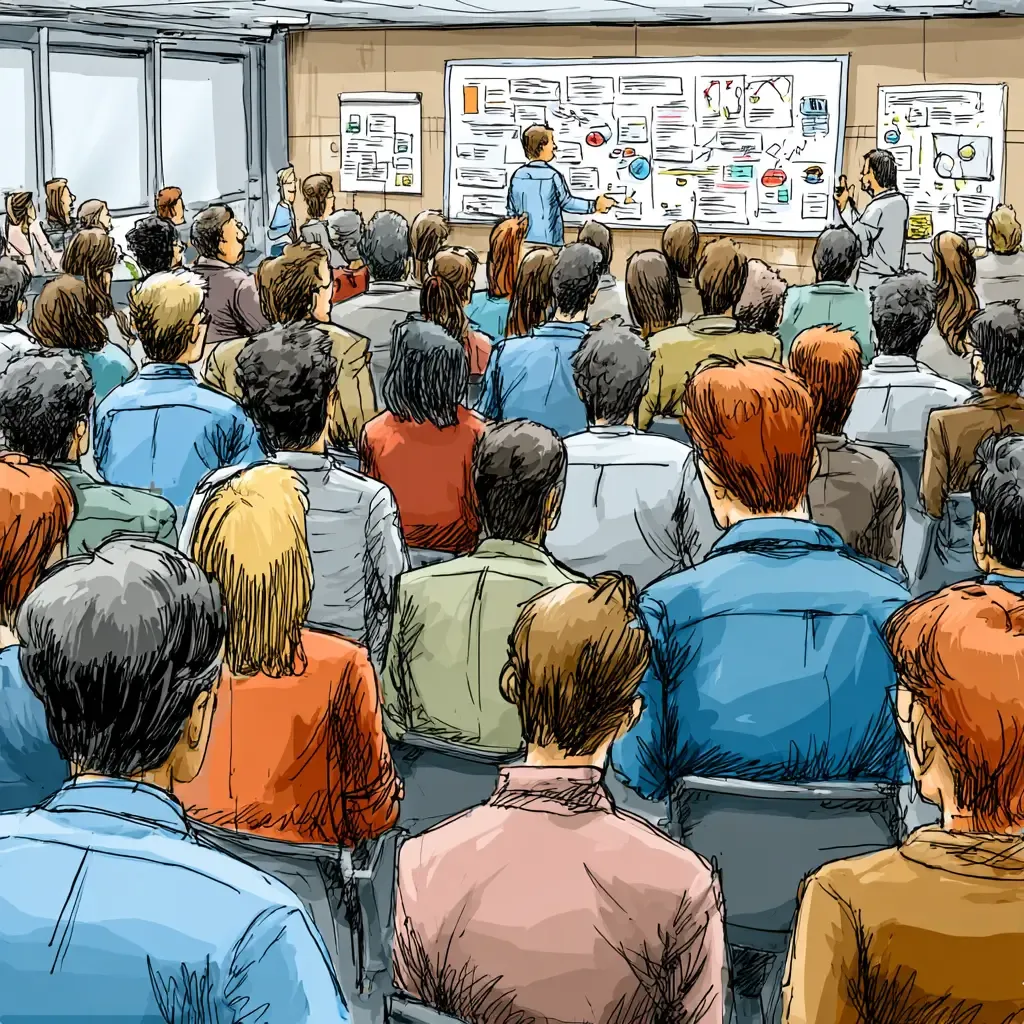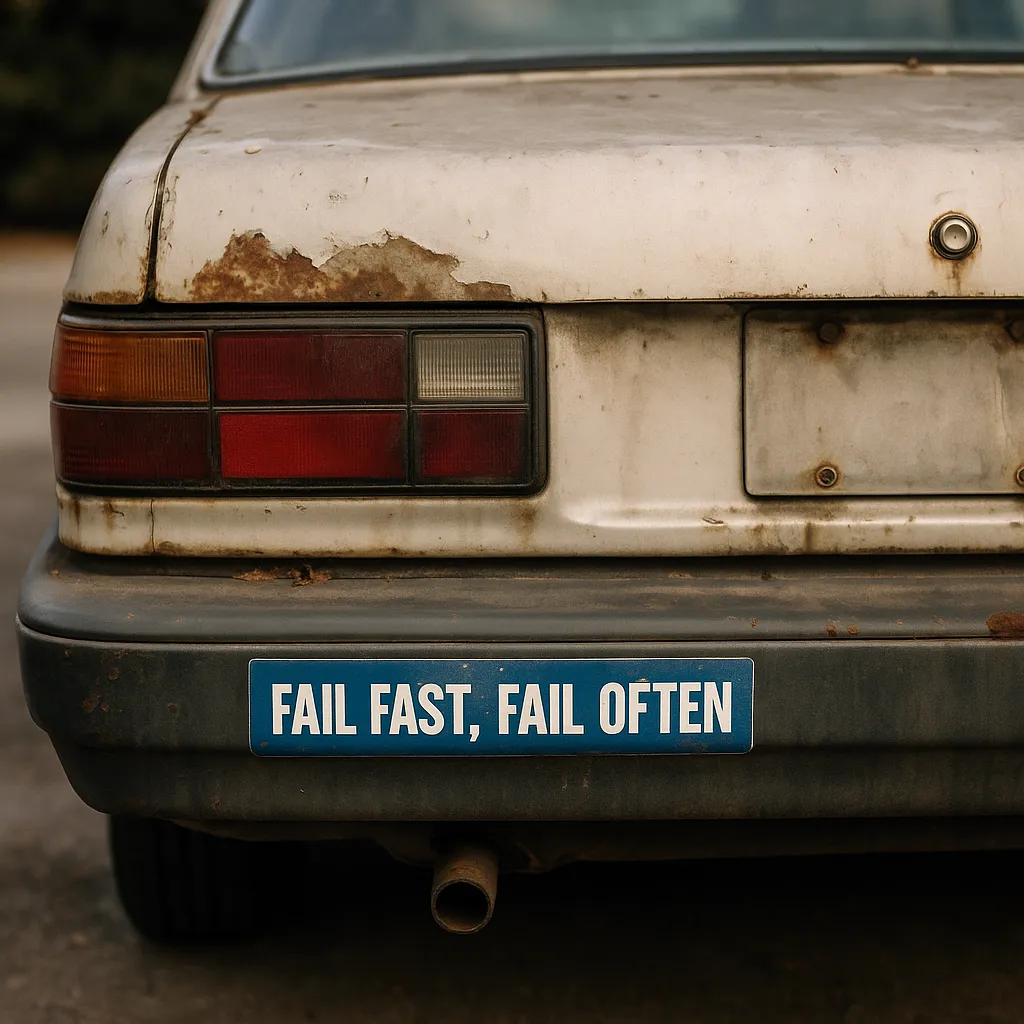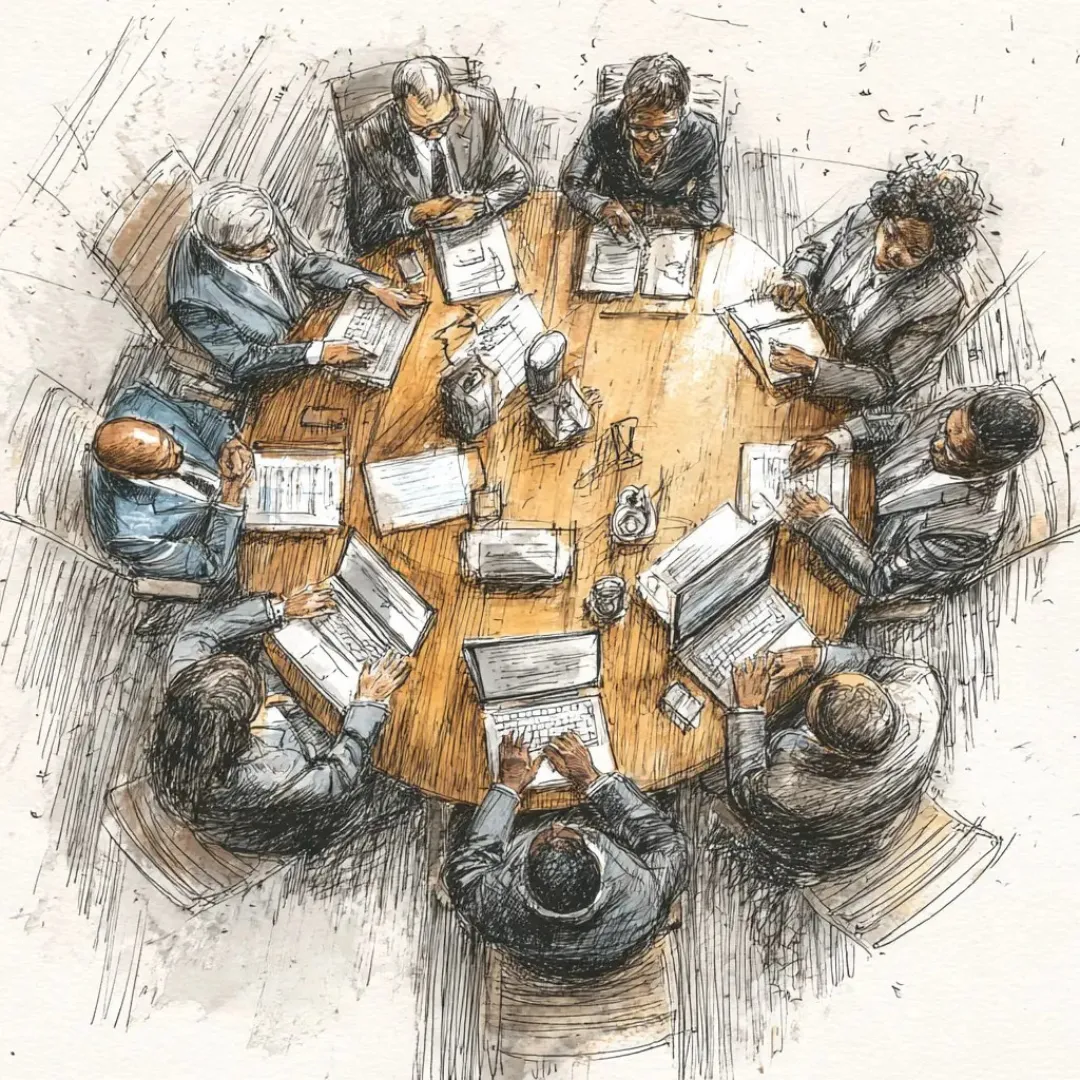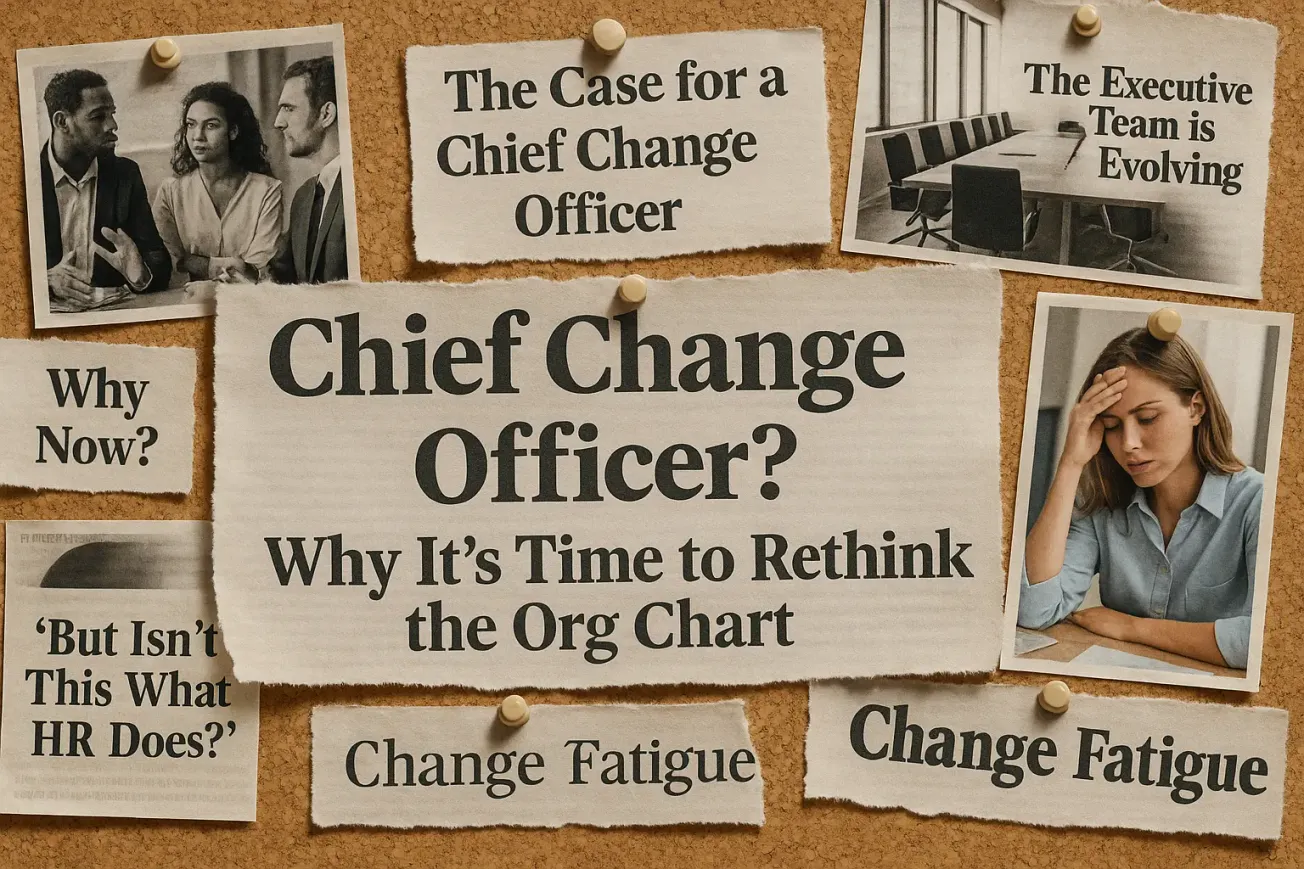
Featured

How to Use AI Without Losing Your Edge
AI can speed up change work, but it can also quietly erode the thinking behind it. New research suggests overreliance on AI creates “cognitive debt,” weakening judgment, recall, and sensemaking if we’re not intentional about how we use it.

The Cost of Being ‘Nice’ in Change Work
Being “nice” feels safe in change work—but it comes at a cost. When we smooth over conflict, delay hard truths, or prioritize approval over impact, we quietly erode our credibility and influence. True kindness means courage: telling the truth with care and leading with clarity.

The Bare Minimum Change Plan That Still Gets Results
Not every project needs a full change rollout. If you’re solo or stretched thin, a “bare minimum” plan can still deliver results. This guide shows how to reduce confusion, build trust, and drive adoption with just enough change support to matter.

Why So Many Change Practitioners Are “Open to Work”
GenX change practitioners are feeling the squeeze as orgs flatten, AI encroaches, and the profession faces an identity crisis. Survival means reframing our value—not as “change management,” but as outcomes leaders can’t ignore.

The Death of Buy-In: Why Your Change Strategy Doesn’t Need Everyone
Universal buy-in is a myth. Change doesn’t need everyone on board—it needs critical mass. Focus on behavior over agreement, momentum over consensus, and design strategies that move feet, not just win hearts.

How to Use AI Without Losing Your Edge
AI can speed up change work, but it can also quietly erode the thinking behind it. New research suggests overreliance on AI creates “cognitive debt,” weakening judgment, recall, and sensemaking if we’re not intentional about how we use it.

Why Shared Services Break First in AI Transformations
Shared services are often the first place AI breaks—not because the tech fails, but because automation removes the human judgment holding complex systems together. When exceptions rise and authority stays centralized, shared services absorb the damage long before leaders see it.

HR’s AI Moment: From Talent Partner to Risk Governor
As AI reshapes hiring, performance, and workforce decisions, HR is increasingly left managing risk and employee fallout rather than shaping outcomes. Without early influence over design and use, HR’s strategic role is quietly being reduced to governance and enforcement.

Why Copilot Meeting Notes Suck (and how to use them)
Copilot meeting notes are inaccurate, inefficient, and oddly unhelpful. They capture what was said, but miss what mattered. This piece explains why AI summaries fall flat, how they create the illusion of alignment, and how practitioners can turn raw AI output into real clarity and direction.

Enterprise Rolls Out Sixth Collaboration Tool To Replace Five Still In Use
The company finally found the one collaboration tool to rule them all. Unfortunately, it’s joining five others still in use, while leadership continues to communicate exclusively via email. A satirical look at how “single sources of truth” multiply inside modern organizations.

The Field Guide to Bumper Sticker Leadership
Leaders love to toss out slogans like “People hate change” or “We’re like a family here.” They sound sharp, but they shut down feedback and disguise deeper issues. Real resistance isn’t fear of change—it’s frustration with poor planning, muddled priorities, and chaos masquerading as strategy.

Introducing Seventyprol™
The infamous “70% of change projects fail” stat isn’t data — it’s folklore with a pharma ad makeover. Meet Seventyprol™: the placebo number that makes slides sound smart, leaders feel justified, and practitioners roll their eyes.

You Must Be This Verified to Work Here: Why your laptop is stuck in provisioning purgatory
You’re hired, but not operational. No email, no calendar, no access—just endless waiting in provisioning purgatory. Welcome to the new normal of onboarding, where security delays, IT black holes, and compliance rituals leave you ghosted by your own job.

The End of Best Practices and the Rise of Situational Judgment
Best practices are breaking down. Not because they failed, but because the conditions they were built for no longer exist. What’s replacing them is situational judgment—the ability to decide, adapt, and act without a playbook.

How to Handle Being Out of the Loop
When a decision is made without you, the instinct is to react fast and reassert control. This article explains why that impulse backfires, how to regain context, and how seasoned practitioners re-enter with credibility when the room has already moved on.

Working with ‘Too Busy’ Sponsors
Busy sponsors aren’t disengaged—they’re overwhelmed. Change success depends on helping them make the smallest, sharpest moves with the biggest echo. Redefine engagement, script micro-moments, and amplify their voice. Smart leverage beats constant access every time.

Your First Executive Briefing
Your first executive briefing is not about slides; it is about signal. In just a few minutes, leaders decide whether you bring clarity or confusion. Learn how to prepare, frame your message, and handle questions with confidence to earn trust and credibility.

Finding Work In A Brutal CM Market: A Numbers-First Playbook
Roles are harder to find and rates have dropped. Hope will not move your search forward. A reliable system will. This is a practical, numbers-driven approach to staying in motion, building pipeline, and creating opportunity in a tough market.

Your First Executive Briefing
Your first executive briefing is not about slides; it is about signal. In just a few minutes, leaders decide whether you bring clarity or confusion. Learn how to prepare, frame your message, and handle questions with confidence to earn trust and credibility.

Building A Resilient Change Management Career
Change management is a demanding field, but building a resilient career is about more than just mastering the basics. Discover how to stay relevant, grow your expertise, and thrive no matter what changes come your way.

Grow Stronger, Stay Safer: How to Build Your Personal Boards
Don’t wait for the perfect mentor. Practitioners need two personal boards of directors: one that fuels growth and one that protects the business of you. Together, they create the scaffolding for a resilient and sustainable career.
Editors' Picks

Why So Many Change Practitioners Are “Open to Work”
GenX change practitioners are feeling the squeeze as orgs flatten, AI encroaches, and the profession faces an identity crisis. Survival means reframing our value—not as “change management,” but as outcomes leaders can’t ignore.

Introducing Seventyprol™
The infamous “70% of change projects fail” stat isn’t data — it’s folklore with a pharma ad makeover. Meet Seventyprol™: the placebo number that makes slides sound smart, leaders feel justified, and practitioners roll their eyes.

Chief Change Officer? Why It’s Time to Rethink the Org Chart
As executive teams evolve, change is still missing from the top. ChangeGuild makes the case for a Chief Change Officer—a strategic role focused on turning intention into execution without leaving people behind.




